FILENI ORGANIC CHICKENS LIVE INDOORS?
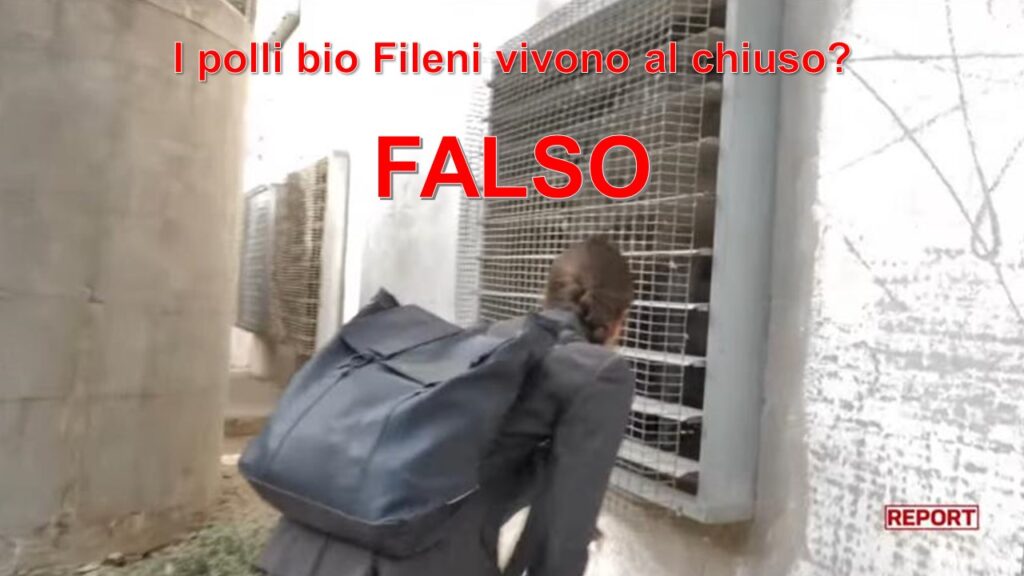
FALSE - As already communicated to the editorial team: the barn shown by Giulia Innocenzi is different from the one mentioned by the two operators interviewed who stated that the chicks inside were 10 days old. For this reason, it is correct that there were birds of different ages inside. There are no binding regulations on when organic birds have to be able to access outdoor space. The only regulatory requirement regards the fact that organic broilers must spend at least one third of their lives outdoors, also depending on the seasons and weather conditions. It is therefore normal that the start of barn openings can vary, not only from farm to farm (as you found), but even from barn to barn or from season to season.
IS IT TRUE THAT THE MAIOLO FARM IS INCLUDED UNDER THE ORGANIC CERTIFICATION?
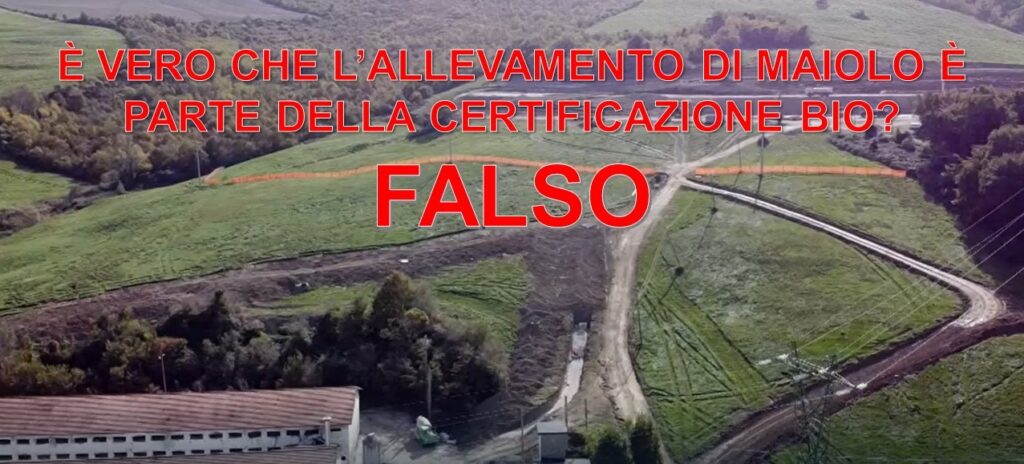
FALSE FALSE - The 80,000 birds in question, and which are indicated in the documentary evidence shown during the broadcast signed by the certifying body CCPB, regard the Borghi site and not the Maiolo site, which has been closed for over 12 years. The fact that the header of the document carries the name “Maiolo” is attributable to the presence in that municipality of large areas of organic land, but has nothing to do with the farm undergoing renovation that was shown.
FILENI BRANDED PRODUCTS PRODUCED USING GMO FEEDS?
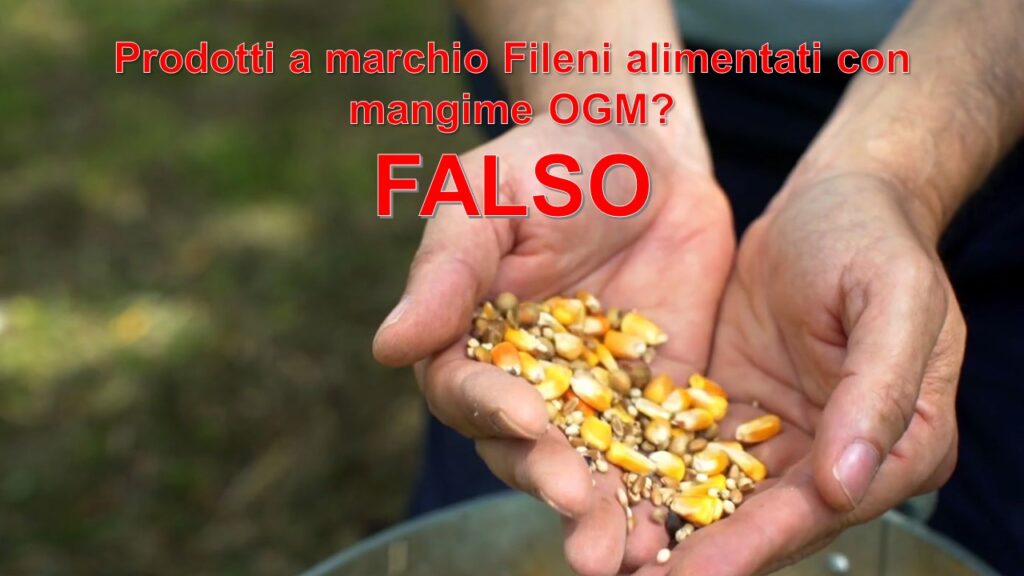
FALSE - As already explained to the editorial team: we confirm that all poultry meat sold under the Fileni brand is from birds fed with GMO-free feeds and that all products sold under the Fileni brand are free from GMO components, as specified in the Sustainability Report.
IT IS POSSIBLE TO USE GMO COMPONENTS IN CONVENTIONAL FARMS
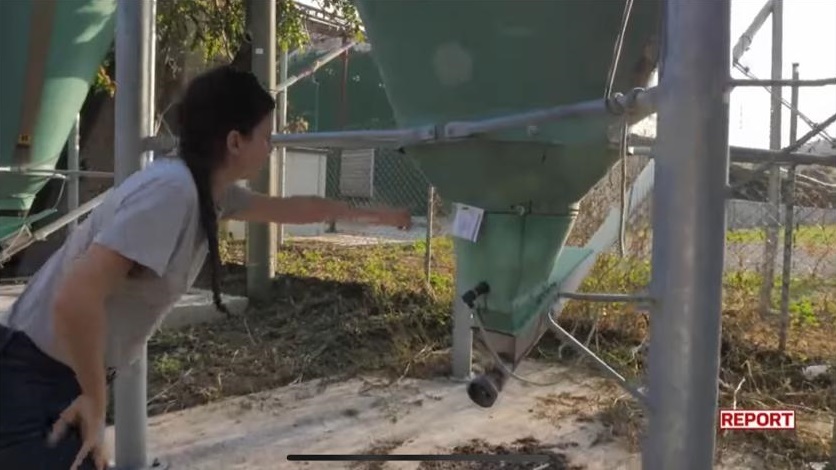
TRUE - As already communicated to the editorial team: the use of GMO components (for corn and soya) is standard practice for the entire poultry sector and, on closer inspection, for all European food production, with the exception of products that expressly indicate that GMO components are not used for their preparation (or, in the case of farming, to feed animals).
ARBITRARY KILLING
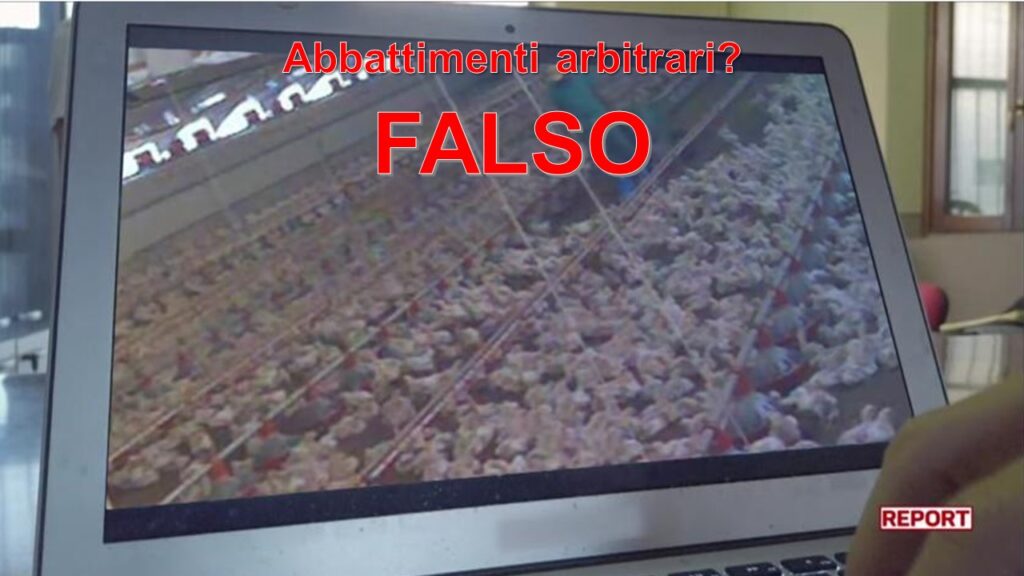
FALSE - As already communicated to the editorial team: Fileni has no interest in “arbitrarily” killing a greater number of animals is strictly necessary. Such a practice would not only be pointlessly cruel, but also have negative economic effects.
Any improper conduct in the management of birds by individual workers on production lines would represent a violation of their duties as defined by the individual employment contract (relevant from a disciplinary perspective) and could certainly not be considered in any way as company policy, nor as standard or tolerated practice within the Company, which until today has never received reports of this nature, even from LAV (Italian anti-vivisection and animals-rights organisation).
The cervical-dislocation method is legal, as expressly indicated and authorised by Art. 4 of European Regulation 1099/2009, on the protection of animals at the time of killing (see Annex I - Table I, point 5). This method is applied in the case of ill or suffering birds, which are killed by personnel of the individual farms, in accordance with law (see Art. 9, Annex 1 of Italian Legislative Decree 181/2010).
HAS THE AMMONIA EMISSIONS LIMIT BEEN EXCEEDED AT RIPA BIANCA?
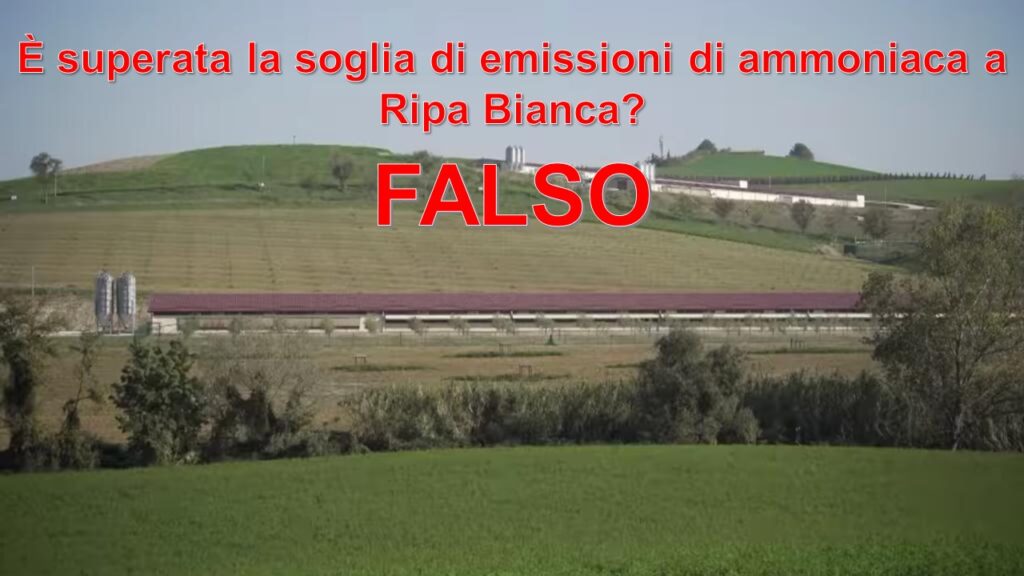
FALSE - As already communicated to the editorial team: whilst it is true that the values detected during the cited monitoring campaign of the appointed bodies (ARPAM) were in some cases greater than the values estimated in the atmospheric impact assessment, it is also true that the average daily values measured in the aforementioned monitoring campaign were within the daily guide limit of the WHO, which is 270 micrograms per cubic metre. The “high” values, in fact, refer to specific hourly peaks which, weighted with the other daily hours, fall within the aforementioned limit of 270.
Furthermore, the ARPAM measurements were all taken in a single point (a location generally downwind of the farm) and have never been compared with values upwind, as would be necessary for a correct picture of an area in which there is not only the farm, but also other agricultural land (with potential spreading of manure and fertigation) and other activities (such as the municipal water-treatment plant for 60,000 equivalent citizens) that could contribute, potentially significantly, to the production and release of ammonia into the air.
With regard to levels of ammonia, it is important to remember that, in the most recent publications from ARPA Lombardy, it is considered that in a rural environment the peak values of ammonia detectable reach 900 ppb (approximately 650 micrograms per cubic metre), well above that recorded by the ARPAM campaign.
The lack of any risk to human health associated with emissions from Fileni farms is also confirmed by PM10 and PM2.5 values detected over recent years by provincial data collection (validated by ARPAM): these values have not seen a significant increase following creation and operation of Fileni farms, instead showing a slightly downward trend.
BIRDS AT MONTE ROBERTO ARE HOUSED EXCEEDING THE LIMITS
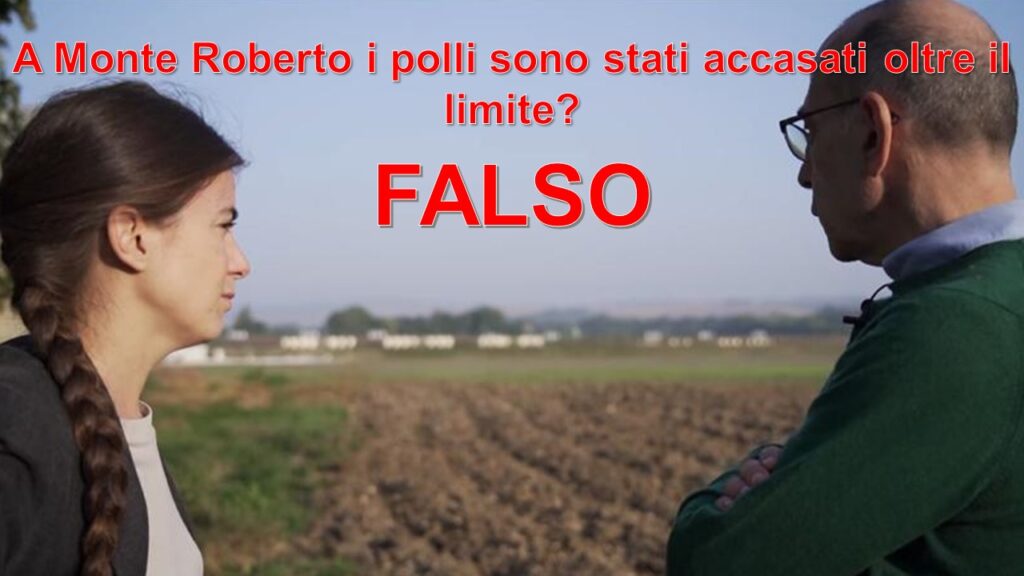
FALSE - As already communicated to the editorial team: given that the Monte Roberto case regards a dispute solely of an urban-planning and administrative nature, handled by local authorities, in which Fileni is uninvolved, Monte Roberto has been authorised to continue with normal operations until 31 October 2022.
Regarding the issue of housing, we confirm that, since 31 October no additional birds have been “introduced” at Monte Roberto, and operations have only involved bringing to maturity the cycles previously housed there on the basis of the authorisation adopted following the Council of State ruling, also bringing forward the capture phase compared to standard time frames. The facility has been entirely empty and inactive since 9 December.
BIRDS CRUSHED BY AUTOMATED DOORS FOR BIRDS?
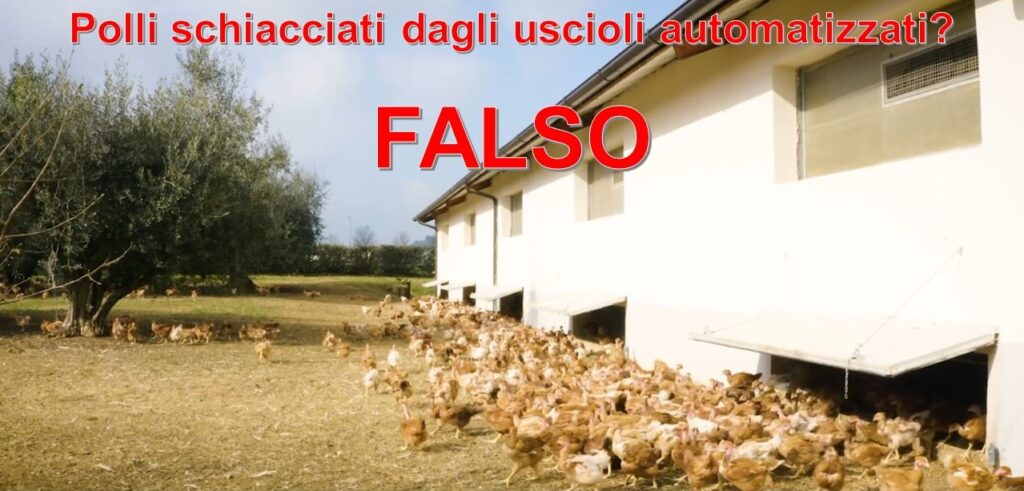
FALSE - As already communicated to the editorial team: Fileni has not encountered this problem. The Company has no interest in allowing animals to be trapped in doors for birds. On the contrary, for optimal monitoring of production phases, including automated process for opening and closing of doors for birds, their activation is always overseen by one or more members of personnel.
ABSENCE OF NATURAL LIGHT?
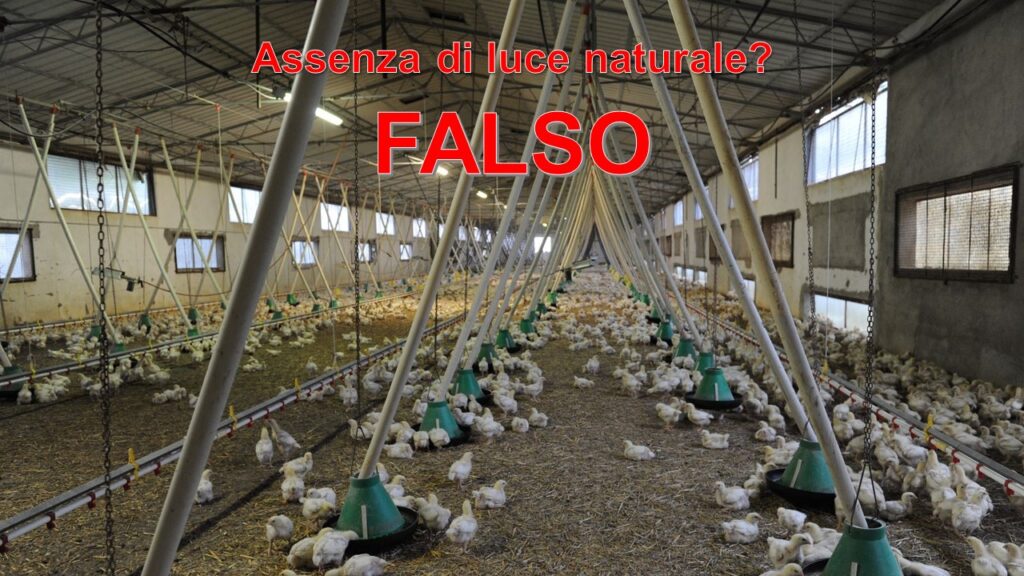
FALSE - As already communicated to the editorial team: at the two cited farms, natural light enters through ventilation openings (Borghi) or through doors for birds in transparent polycarbonate (Ostra Vetere) and is combined with artificial light, in full compliance with regulatory requirements (see Regulation EC 889/2008, and specifically Art. 12.4) which expressly permits a combination of different light sources.
THE RUSTICANELLO PRODUCT (FREE-RANGE FARM CHICKEN) MAY BE FARMED INDOORS?
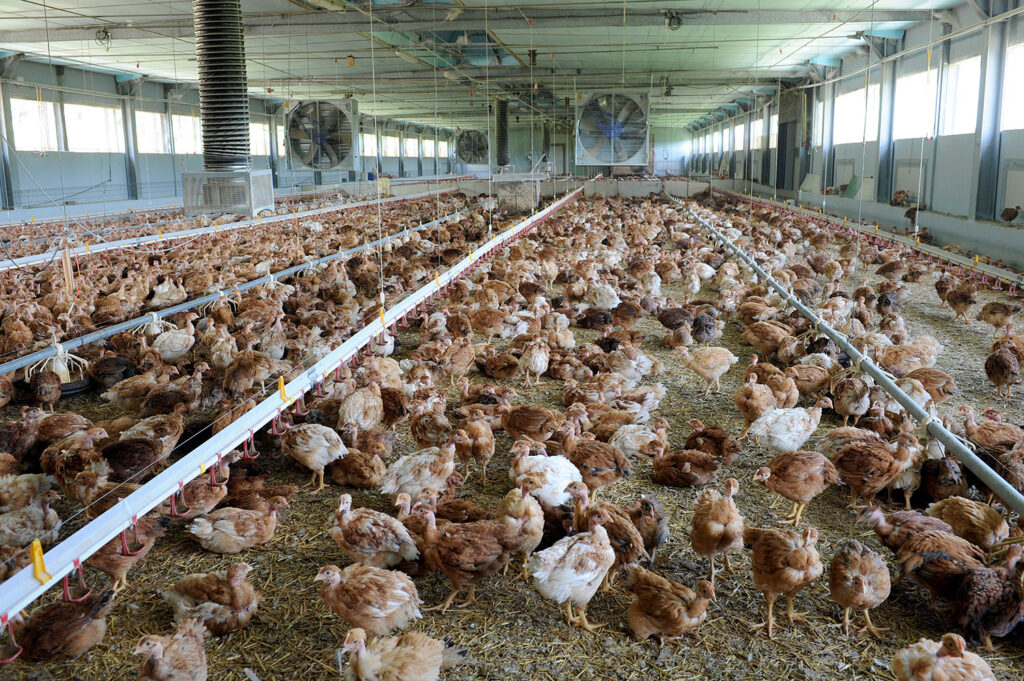
FALSE - As already communicated to the editorial team: Rusticanello is the commercial name given by the Company to certain products of excellence, regarding the JA57 Hubbard naked-neck, slow-growth breed. This breed, if farmed indoors, does not carry the wording “free range”. This means that, for complete transparency, a pack with this label EXCLUSIVELY contains a bird farmed outdoors and fed with non-GMO vegetable feeds.
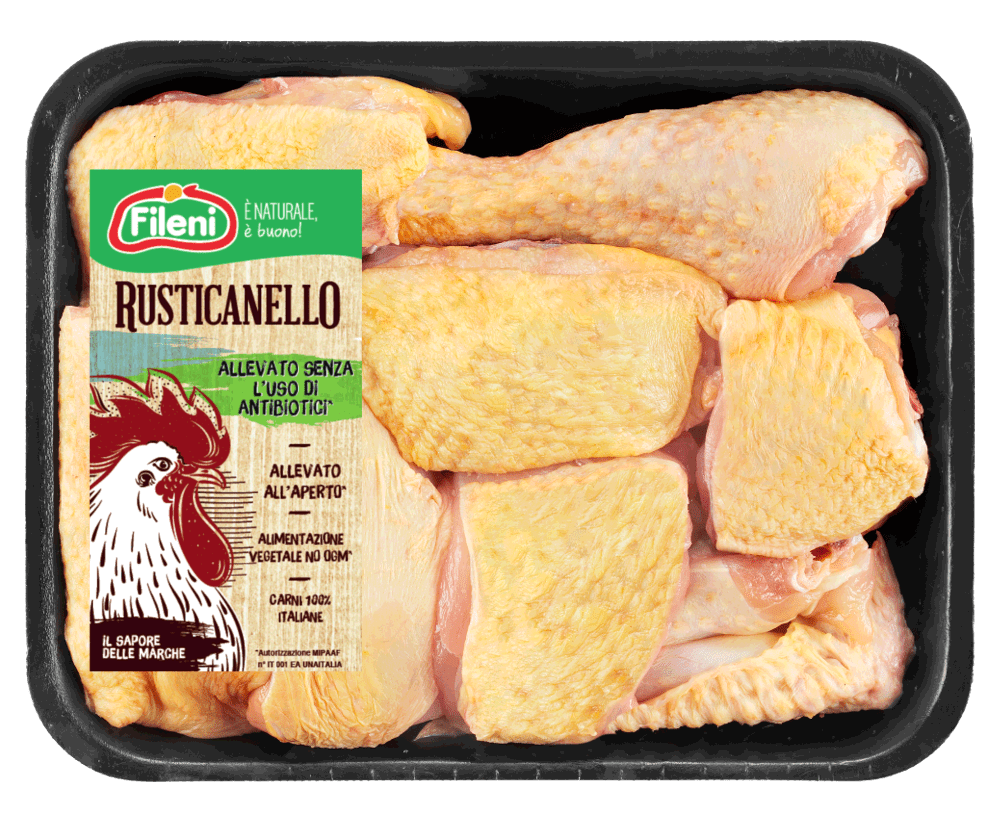
JOURNALISM OR ACTIVISM?
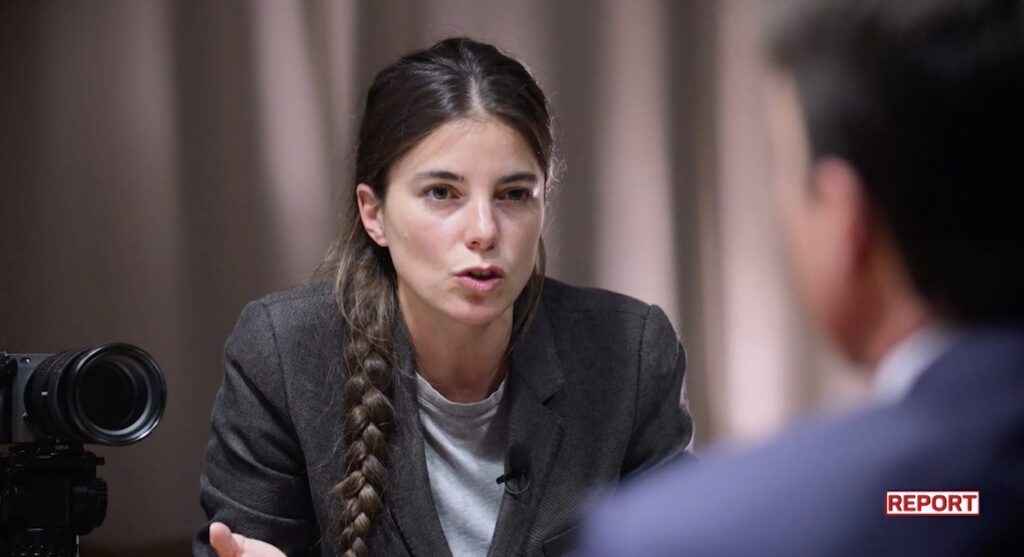

Is it correct for public reporting to be so one-sided and impartial? Is it possible for parties who have always had such clearly defined positions to be balanced and impartial?